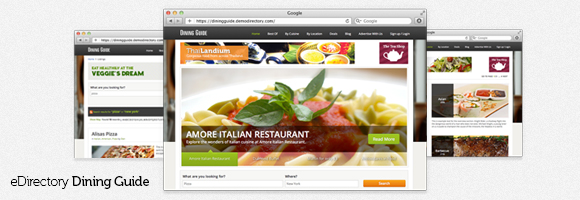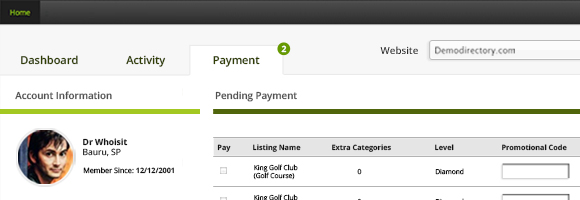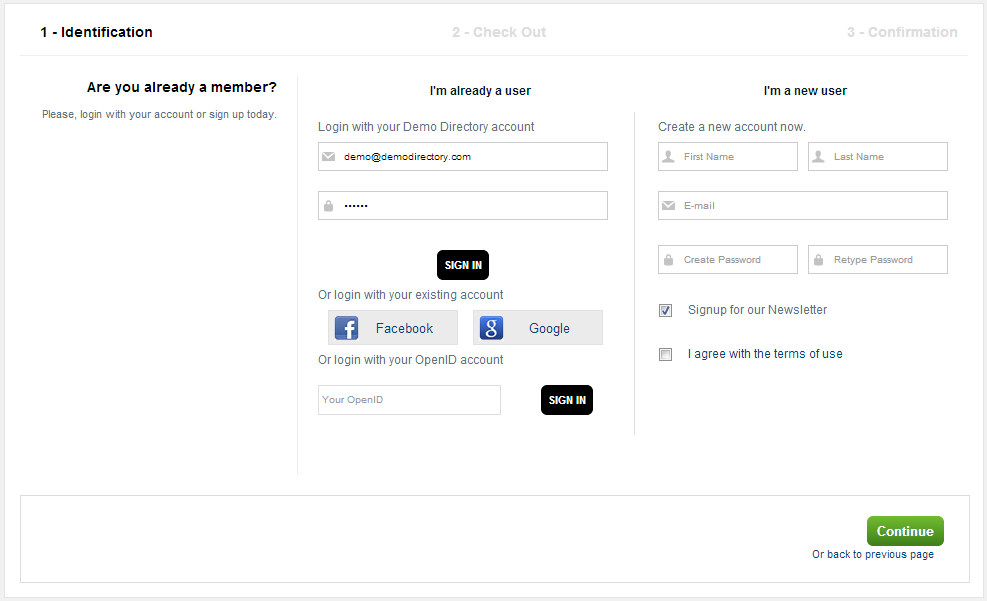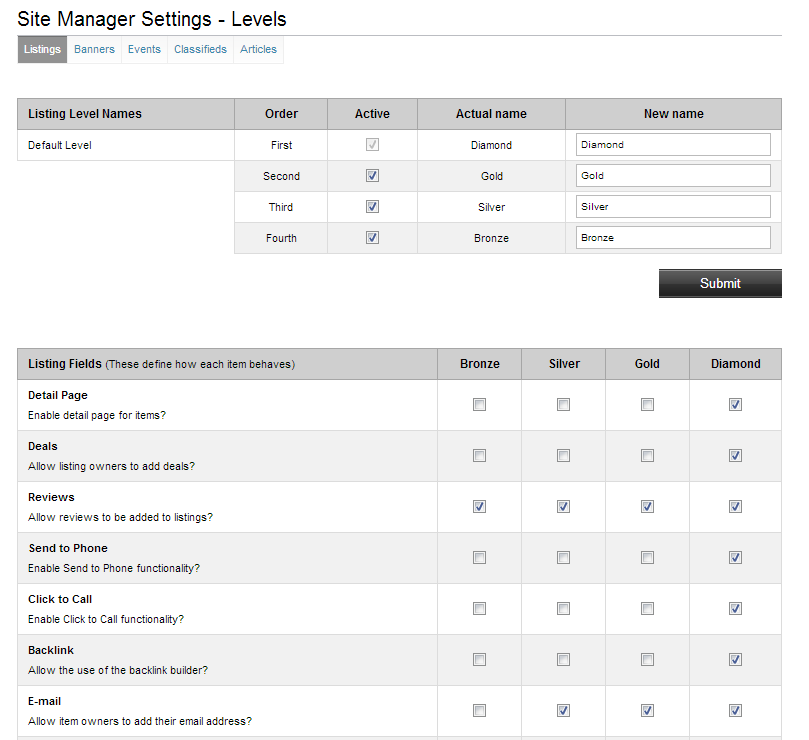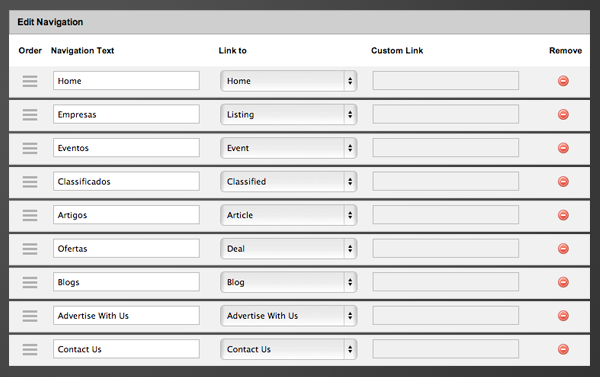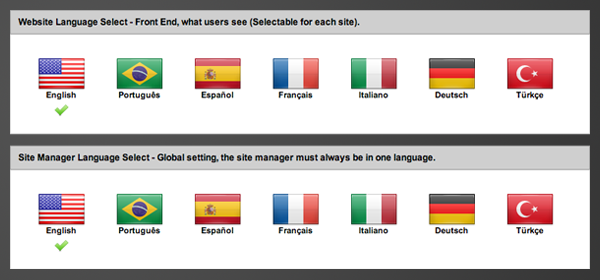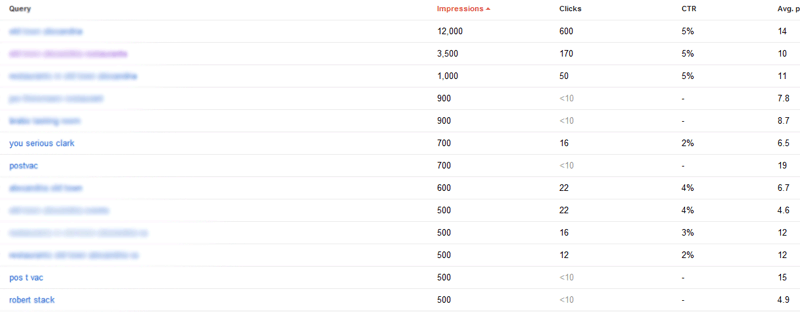With a beautiful, fully responsive design, and all new mobile apps, we’re excited to launch the new eDirectory Dining Guide edition.
On the Web
Here are a few of the great features in the Dining Guide edition:
- Beautiful Design
- Fields and Layout highly customized to function as a dining guide.
- Responsive design – works equally well on the desktop, the tablet or mobile.
- Brand new matching mobile apps, which are also gorgeous.
- Tabbed Listing Detail pages which include sections for Menu, Videos and Reviews
- New, “Best Of” page, showing the highest rated listings from across the site.
- New “By Location” page, show all listings via a new customised search.
- New “By Cuisine” page, browse by categories.
- Like/Dislike system for reviews.
- New fields for advanced search (rating and price range)
- New theme Settings page within site manager area (listing price configuration and background image settings)
Mobile (iOS & Android)
Something as stunning (and quite frankly different) as the Dining Guide required us to re-approach how our mobile applications were working, end result – brand new apps just for the dining guide. This app is more heavily based upon category searches (Food Type), and a cleaner, clearer way of displaying information to your users. We also took the opportunity to spice up the user interface a bit. We think it’s really great, let us know what you think.
Available after next week on both Android and iOS.
What’s Next?
We’ll give you some time to sink your teeth into the new release, but before we leave, he’s a sneaky peek at what you can expect a few weeks from now – That’s right, a brand new members area, we’re already working on one of our most requested features it’s going to be amazing.


